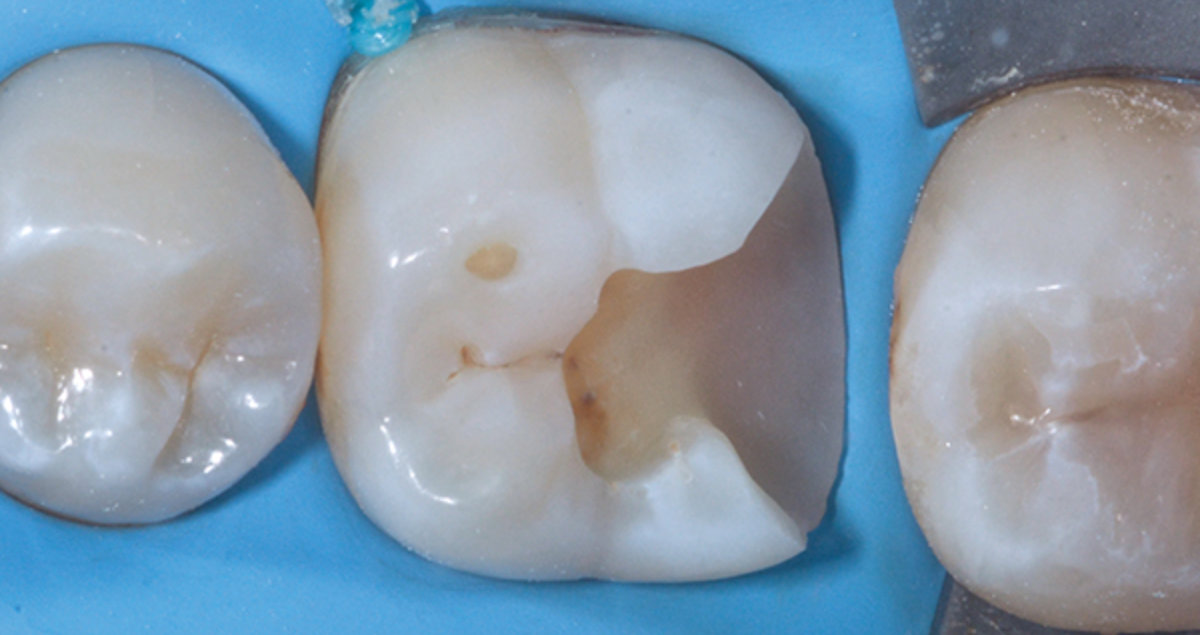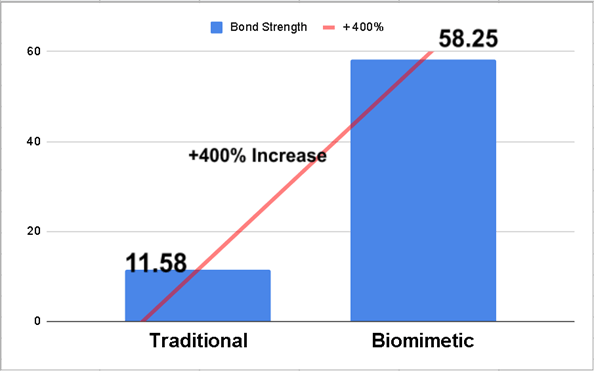What Is Biomimetic Dentistry?

Image Credit: aegisdentalnetwork.com
Biomimetic dentistry is known as the art and science of restoring damaged teeth and use materials that mimic the properties of natural teeth—strength, appearance, and function.
A Brief History In Biomimetic Dentistry
There has been a tremendous amount of research and training poured into biomimetic dentistry and adhesive dental techniques since they became widely known in the 1950s.
It has since evolved and has been the subject of numerous publications. Very few individuals have dedicated the time and energy to keep up with all the scientific advances that come with this process, and only the most advanced and prestigious dental schools, including the University of Southern California, have incorporated these innovative techniques into their teaching.
The Academy Of Biomimetic Dentistry
n its search for advancement in the field of dentistry, the Academy of Biomimetic Dentistry (ABD) has found its calling in Biomimetics. The academy has since dedicated itself to promote the use of adhesive dentistry to solve the usual problems encountered when trying to return teeth to their original strength and preserve pulp vitality.
The ABD strongly believes that using biomimetics is the best method for tooth retention, rather than having to amputate the tooth to achieve mechanical retention.
As experts in their field, members of the ABD deem that it’s not right to risk irreversible pulpitis when they know that biomimetics can produce the optimum results. As such, the academy is committed to teaching and learning more about biomimetic dentistry.
Through their studies, they were able to determine that with biomimetic dentistry, we are able to:
- – Conserve as much of the tooth structure as possible
- – Preserve tooth vitality and prevent unnecessary root canals
- – Restore teeth that would otherwise need an extraction
- – Increase the bond strength of our restorations by 400%
- – Minimize shrinkage stress on the teeth
- – Eliminate sensitivity
- – Create long-lasting restorations that prevent complications experienced with traditional approaches
What The ABD Can Achieve With Biomimetic Dentistry

The chart above shows that the bond we can achieve with biomimetic dentistry versus traditional approaches has a 400% increase in strength and is critical for success. Through our methods, we are able to bond restorations to the teeth with the same strength that natural enamel is bonded to dentin.
This maximum bond strength allows dentists to restore badly damaged teeth and regain their original strength. The maximum bond strength also means that restorations have less chipping and fractures, last longer, and result in teeth that are resistant to catastrophic failures.
For example, consider a traditional crown preparation—75% of the tooth is removed in order to place a restoration, complicating the long-term success for the tooth.
In contrast, when a patient presents a structurally compromised tooth, we are able to save the remaining intact tooth structure and provide an amazing biomimetic restoration. If a crown were prepared on such a damaged tooth, it would have almost nothing left and a root canal would be almost guaranteed. To learn more on how to get the most out of your natural set of teeth, join the academy and sign up here.
Conclusion
In the end, Biomimetics is clearly the best path to take for the world of dentistry in the future. Many can stand to benefit from it and will save so much time, money, and effort.
For more information on how you can support this revolutionary advancement in dentistry, visit our website at https://www.aobmd.org/ and see what we have in store for you. Through Biomimetic dentistry, we can come closer to mimicking how the original tooth used to be and you can retain the beautiful set of teeth that you’ve always had. Show your support or join us by getting a membership today.